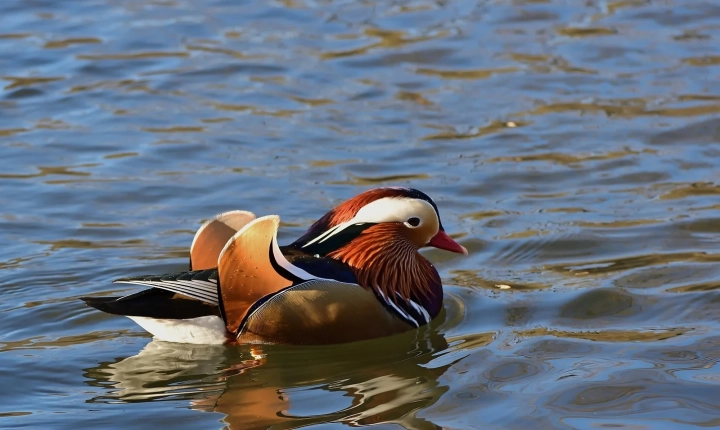In today’s digital age, the rise of AI-generated content has raised questions about the authenticity of images. With the advancements in technology, it has become increasingly difficult to distinguish between real photographs and those created by artificial intelligence. As a result, it is important for individuals to be able to tell if a photo is AI-generated in order to confidently discern the authenticity of visual content.
One of the first signs that a photo may be AI-generated is the presence of visual artifacts that seem unnatural or out of place. These can manifest in a number of ways, such as unusual patterns or inconsistencies in the image, which may indicate that the photo was manipulated by an AI algorithm. In addition, AI-generated photos may lack the subtle imperfections and nuances found in authentic photographs, thereby making them appear overly flawless and polished.
Furthermore, AI-generated photos may exhibit a high level of quality and detail that seems improbable for a non-professional photographer or non-commercial camera equipment. This can be attributed to the advanced machine learning algorithms used to create increasingly complex and realistic images. As a result, an unusually high level of detail and precision in an image may raise suspicions about its authenticity and point to the involvement of AI technology.
Another clue that a photo may be AI-generated is the presence of unusual or otherworldly elements that are not typically found in everyday photographs. AI algorithms often generate images that push the boundaries of reality, leading to the emergence of surreal and fantastical visuals that appear too perfect or too idealized to be authentic. Additionally, AI-generated photos may lack the familiar human touch and emotional depth that is often present in genuine photographs, thereby making them feel disconnected and sterile.
In addition to visual cues, it is important to consider the context in which a photo is presented. Be wary of images that seem too good to be true, especially in the context of viral social media posts, news articles, or advertisements. As AI technology becomes increasingly sophisticated, it is becoming easier for malicious actors to use AI-generated photos for deceptive purposes, such as spreading misinformation or perpetuating false narratives.
To combat the proliferation of AI-generated content and maintain the integrity of visual media, individuals can use various tools and techniques to identify AI-generated photos. There are numerous online platforms and software tools that are specifically designed to detect AI-generated content by analyzing the visual characteristics and patterns within an image. These tools employ machine learning algorithms to compare the features of a photo against a database of known AI-generated images, allowing users to gauge the probability of AI involvement in the creation of a particular photo.
Ultimately, as AI technology continues to advance, it is crucial for individuals to develop a critical eye for discerning between authentic and AI-generated photos. By being vigilant and informed, individuals can navigate the digital landscape with greater confidence and ensure that visual content is accurately represented and interpreted. As the capabilities of AI continue to evolve, the ability to detect AI-generated photos will become an increasingly important skill in navigating the digital world.
